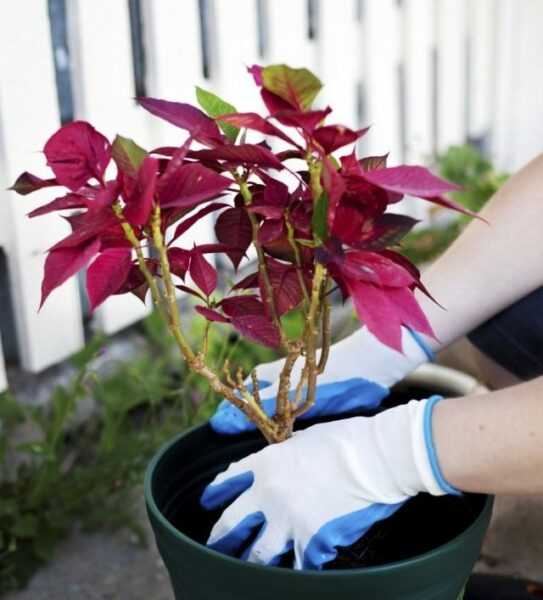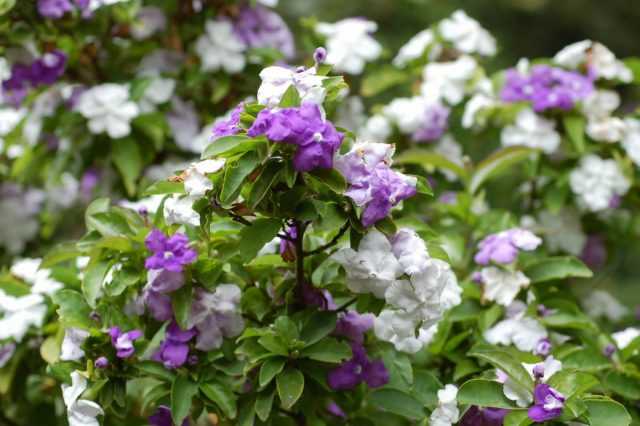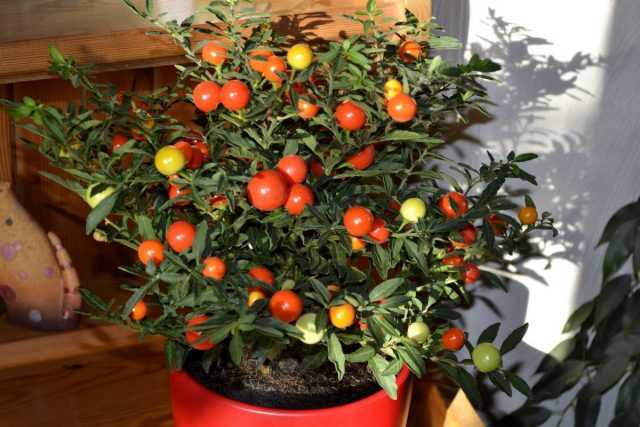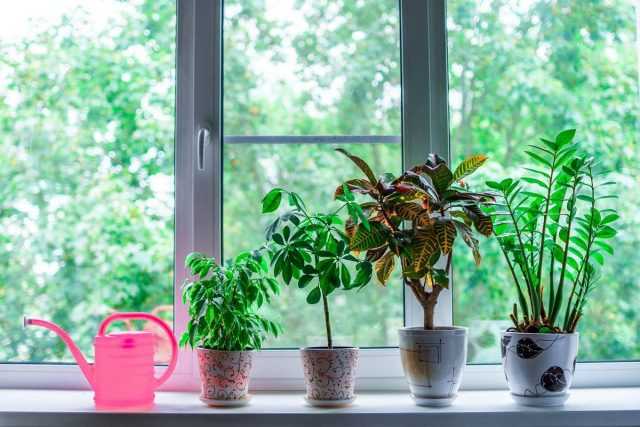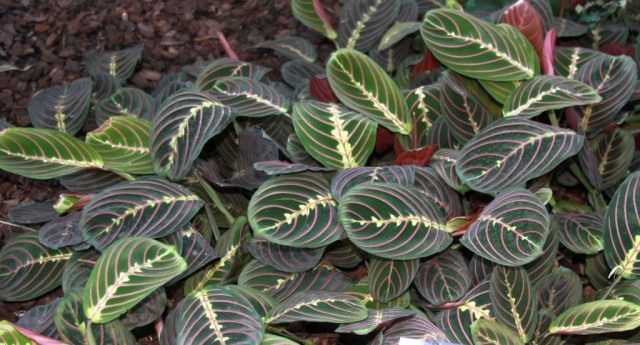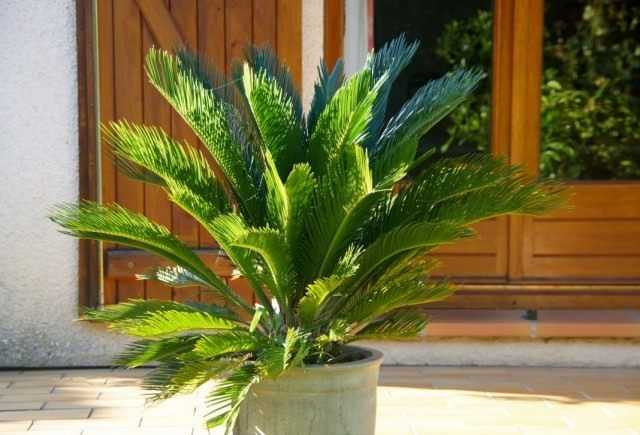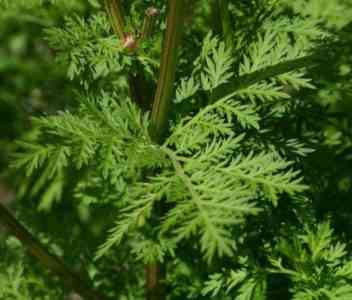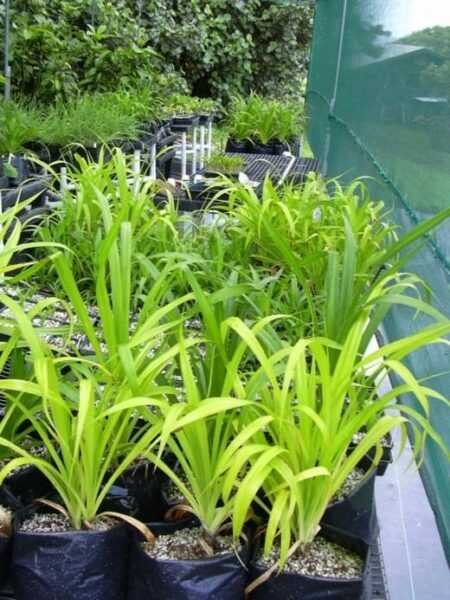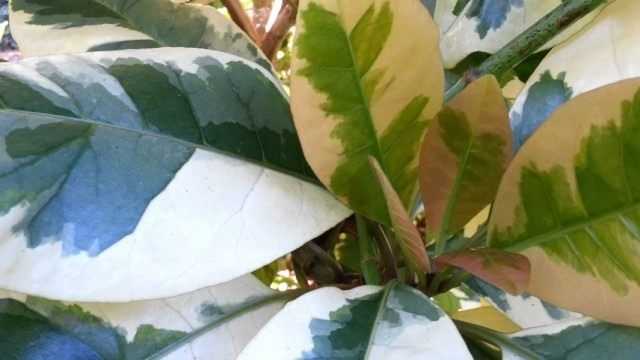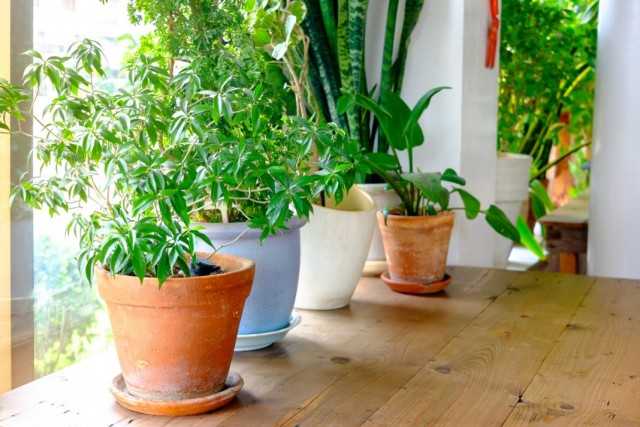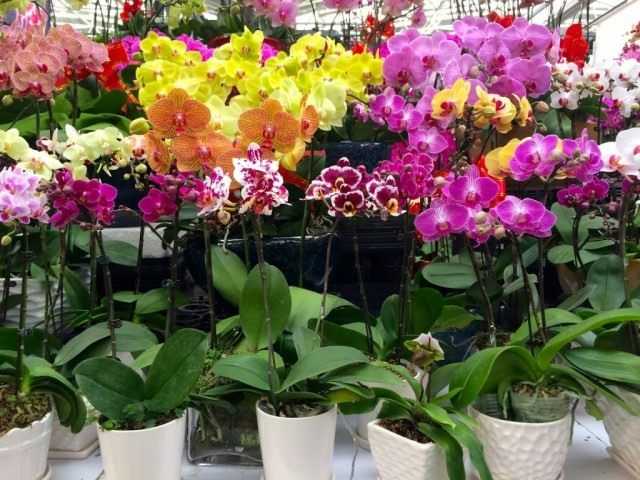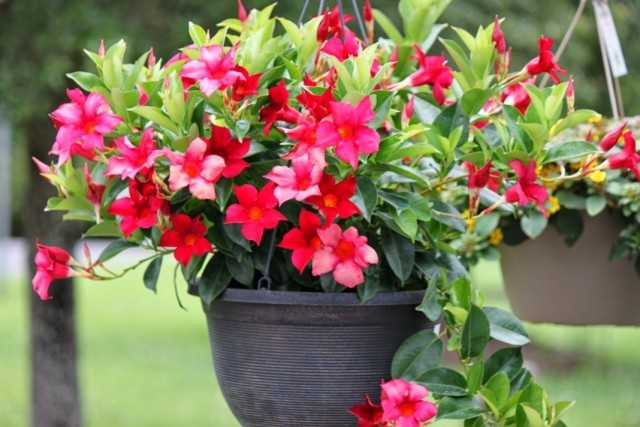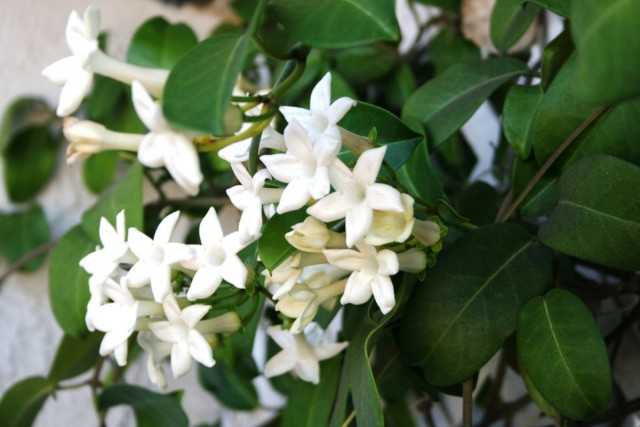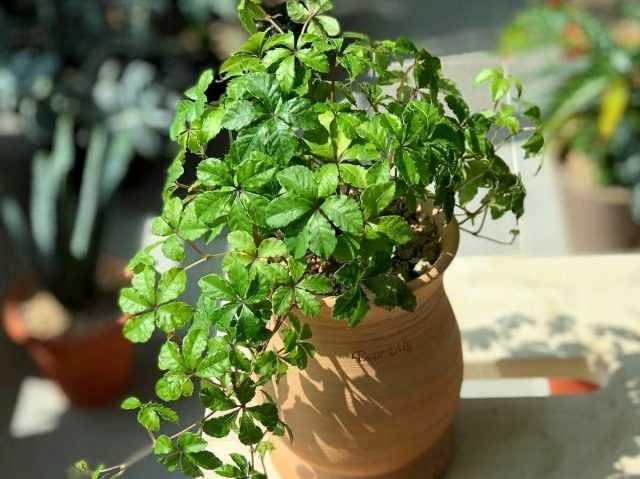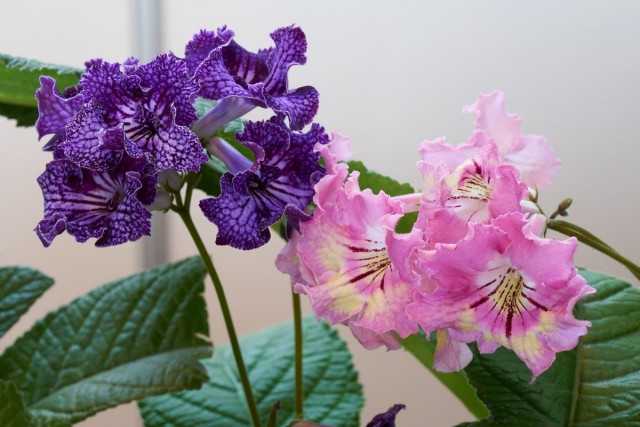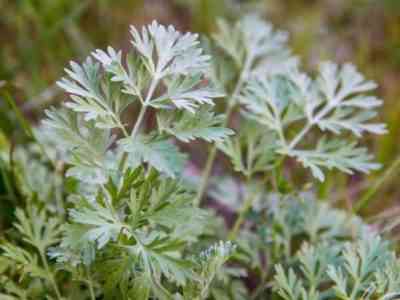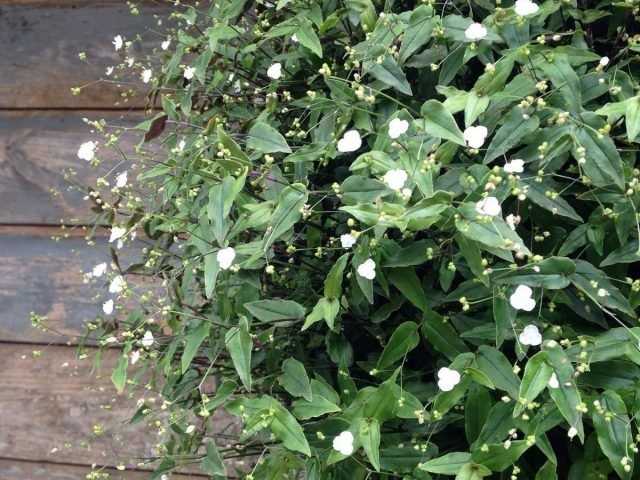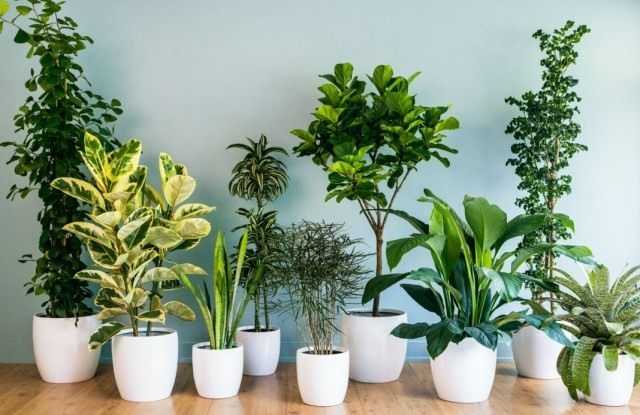Euphorbia Tirucalli (euphorbia tirucalli) is a succulent evergreen perennial that has become widespread due to its unpretentiousness to growing conditions The country of origin is Africa and Madagascar. In the 19th century it was imported to other territories as food for cattle.
- Description of the plant
- Purchase and adaptation
- Prerequisites
- Humidity <
- Temperature
- Lighting <
- Choosing a place
- Choosing a soil
- Leaving
- Fertilizers and fertilizing
- Watering <
- Pot selection
- Transplant
- Pruning <
- Reproduction <
- Diseases and pests
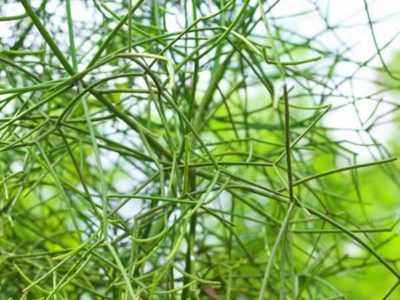
Euphorbia Tirukalli – unpretentious plant
Description of the plant
The second name – rubber euphorbia – is given in connection with the properties of the milky juice from which rubber was previously extracted.
Attempts to use the flower as a raw material for oil production were noted. In the 20th century, Brazilian chemist Melvin Calvin hypothesized that up to 50 barrels of black gold can be obtained from each acre of cultivated land.
Branched succulent, reaches 9 m in natural conditions. In domesticated form it does not exceed 1 m. If not timely haircut, he is quite capable of catching up with his size wild relatives.
The people often call the variety a pencil cactus due to its unusual shape. Visually euphorbia resembles a coral polyp.
Leaves are present only on young specimens, they are linear, up to 12 cm in length and 1.5 mm in diameter. In the course of development, they systematically fall off-season, remain exclusively at the tops of the processes. They do not participate in photosynthesis.
The role of the carbon dioxide processor is played by the stem, which has a smooth texture and a rounded shape.
The young plant is saturated green, acquires a dark gray shade with age.
At home, Euphorbia does not form buds, in the natural environment it blooms with small yellow flowers.
During the selection, several varieties were bred, some of which are characterized by the ability to change color to brown or reddish.
Most common:
- Cypress;
- Many flowered;
- Mile;
- Pallas.
Purchase and adaptation
After acquiring this variety Euphorbia is quarantined for 10 days. Then the culture is transplanted into a new pot, which is larger than the transport one.
Planting principle:
- Carefully removed from the old pot. Slightly shake the roots from the substrate.
- At the bottom of the cache-pot, distribute a layer of drainage, on top of the prepared soil ⅔ of the total volume.
- Set the succulent, sprinkle with earth.
- Water .
Prerequisites
To recreate a favorable microclimate of growth for euphorbia and to provide it with proper care at home is easy – it feels quite comfortable even in poor soils and has been actively developing over the years.
Humidity
The plant tolerates the dry climate of apartments, and therefore does not require maintaining air humidity. Spraying is rarely necessary, for sanitary purposes.
Temperature
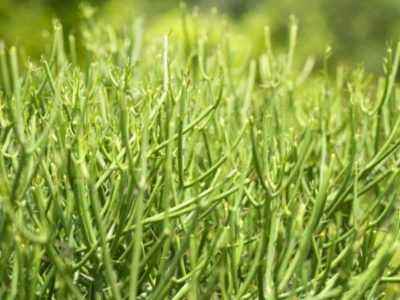
The flower does not like drafts
The optimum temperature during the growing season is 20-25 degrees. Also, in summer it is allowed to take the succulent to fresh air, protecting it from drafts and rain.
In the winter months, the pot is transferred to a cool place with a constant temperature of 15-17 degrees. If the scale is lowered to 12 degrees, the flower may die.
Lighting
Despite the ability to adapt to any conditions, Tirukalli prefers to grow in a well-lit area. In the shade, the stems of the plant are painted in a deep green color, when placed in the sun they get a yellowish tint.
Select a location
The optimal location of the succulent is the southern window sill, on which the plant will receive sufficient amount of light.If the culture is deficient in sunlight, it stretches significantly, and as a result loses decorative qualities.
Euphorbia’s milky juice is poisonous – it is better to place the plant away from small children.
Soil selection
The most favorable milkweed for development should include in equal proportions:
- river sand;
- leafy soil;
- garden soil;
- wood ash.
It feels good in soil with neutral acidity, but a substrate with the Ph indicator is 5.0-6.0 units. It is also allowed to plant in a purchased soil mixture for cacti and succulents.
In addition, it is necessary to lay a drainage layer of chipped brick or gravel at the bottom of the container to drain excess moisture – the flower is extremely sensitive to waterlogging.
Care
Fertilizers and fertilizing
Fertilize Euphorbia only during the growing season. As top dressings, specialized preparations for cacti are used. At the dormant stage, there is no need for additional nutrients.
Watering
The culture is drought tolerant, and therefore the overflow of the substrate is destructive. In summer, the flower is watered no more than once a week, during dormancy, soil moisture is minimized, waiting for the earthen coma to completely dry out. On average, between procedures in the hibernation phase, a gap of 1 month is maintained.
Irrigation water is used for 5-7 days.
Pot selection
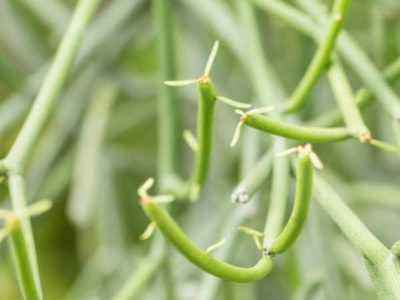
Choose a stable pot
for the plant The root system is superficial, which is why the requirements for pots are connected. Ideally, it should be wide and small in height. Also a prerequisite for tank drainage holes from the bottom. For adult specimens, container stability is important.
Transplant
The first procedure is carried out 10 days after purchase. At the same time, the pot should be selected that is superior in size to the transportation one.
In the future, it is transplanted every 2-3 years as the container is filled with roots.
Pruning
In connection with the rapid growth of green mass by Euphorbia, it is necessary to carry out regular forming pruning. The procedure is planned for spring. As tools, a well-sharpened knife is used, with which the upper part of the shoots is cut to the desired length. After the place of cuts, it is recommended to treat with crushed activated carbon.
All manipulations are carried out in protective gloves to avoid irritation of the skin and mucous membranes with milky juice.
Reproduction
Reproduction of euphorbia at home is carried out only by cuttings.In rare cases, the process proceeds naturally when the stem of the plant lengthens and, having reached the soil surface, takes root. A similar phenomenon occurs in the natural range.
Principle of succulent propagation:
- The apical shoots are cut with a sharp knife / scissors. After the cut, the shoots are placed in a liquid in order to eliminate the milky juice.
- Dry the cuttings for 24 hours. In addition, the wounds are treated with phytohormones or powdered activated carbon.
- A layer of peat soil is spread in the pot, on top of coarse sand, which is previously thoroughly washed in running water.
- Set the stem in a substrate so that it cuts he was immersed in the bottom layer of an earthen pillow.
- Watered, covered with a jar or polyethylene. They put in a warm, well-lit place. For the splendor of the plant, it is allowed to place several cuttings in one container at once.


